The catfish fauna of Asia is very species-rich and includes several hundred species, but only very few of these are kept in aquaria on a fairly regular basis. The genus Horabagrus is endemic (= only found there) to southern India. There are only two accepted species in this genus, namely H. brachysoma and H. nigricollaris. Until 1991, Horabagrus was considered to belong to the Bagridae, i.e. the spiny catfishes living in Africa and Asia. Due to anatomical peculiarities and not least because of molecular biological findings, a new family, the Horabagridae, was established, which, in addition to Horabagrus, also includes the genera Platytropius, Pseudeutropius and Pachypterus, which were previously classified as Schilbeidae and are not dissimilar to the glass catfish.
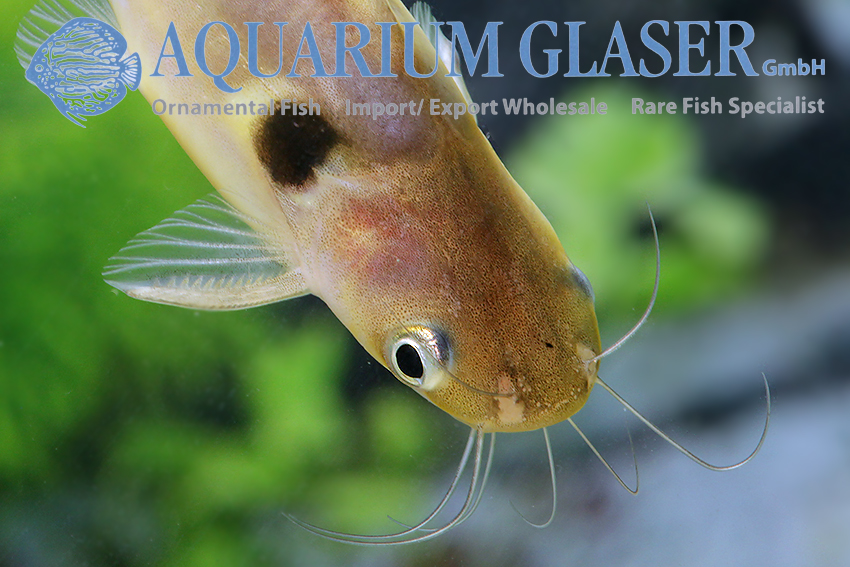
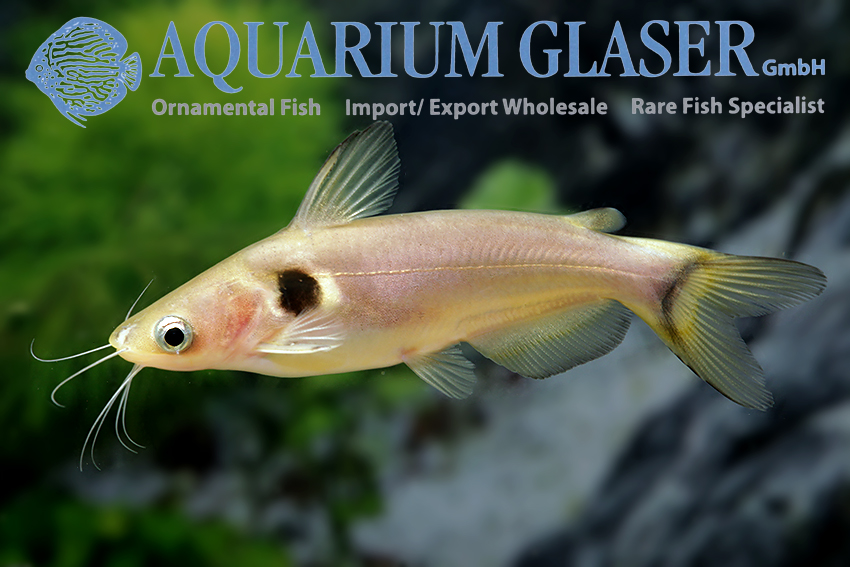
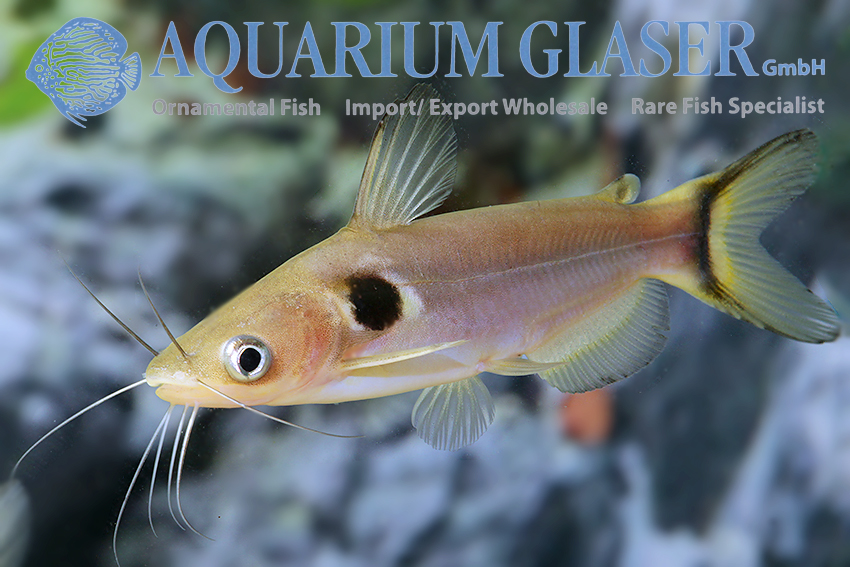
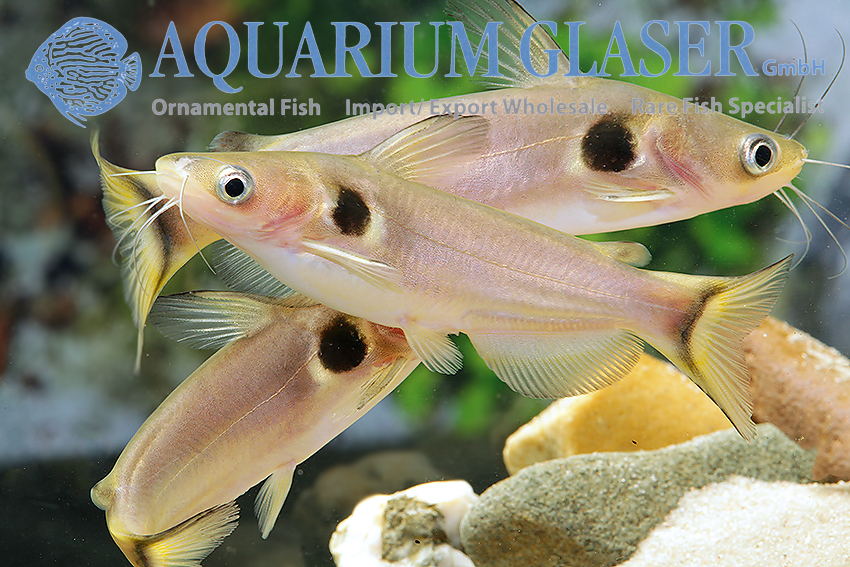
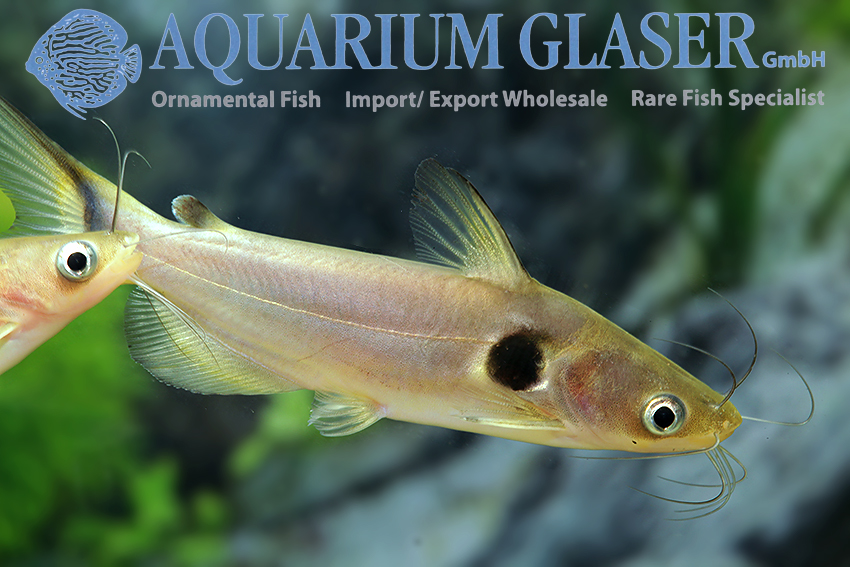
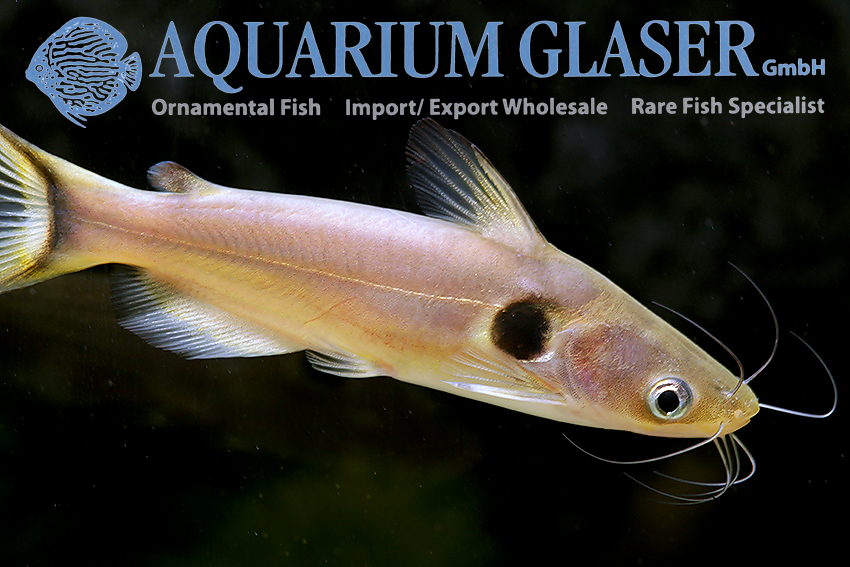
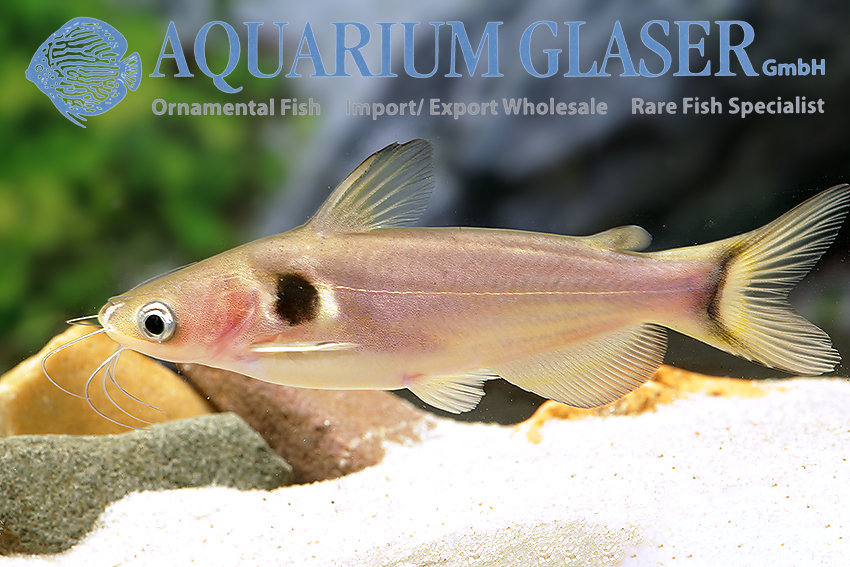
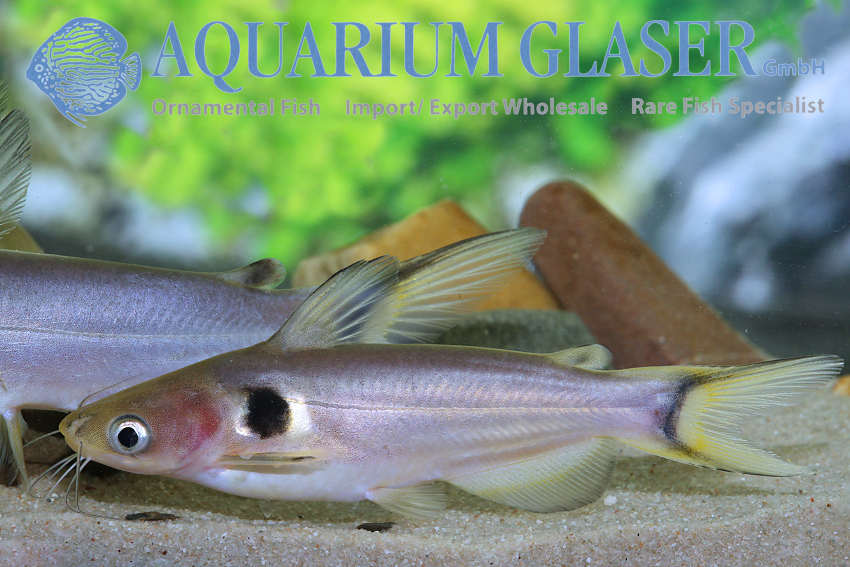
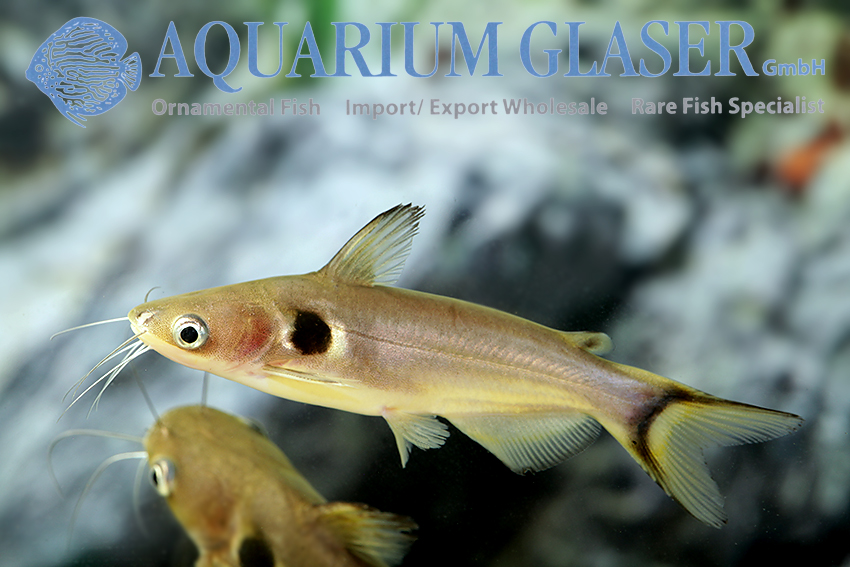
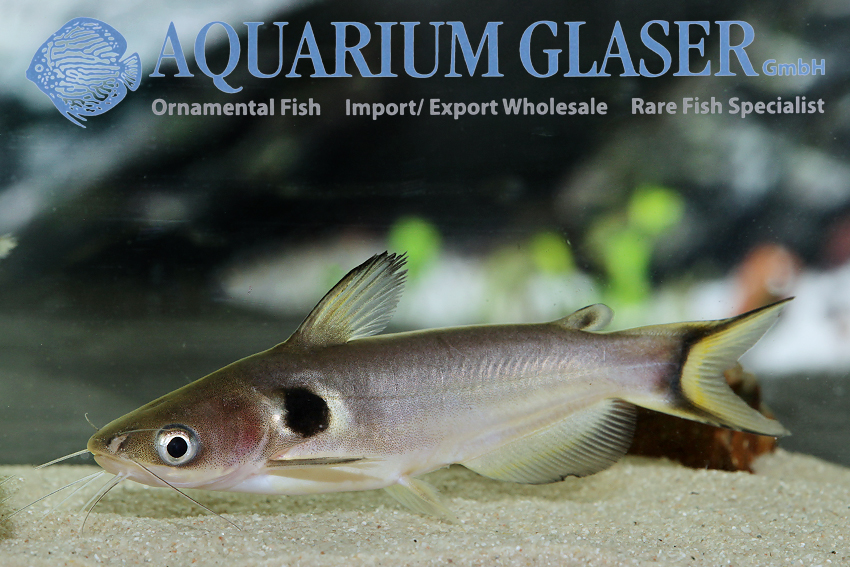
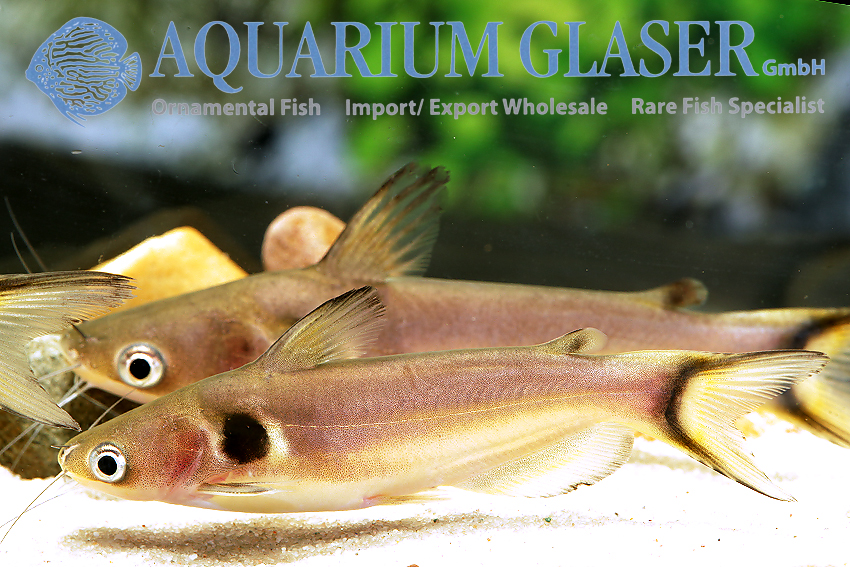
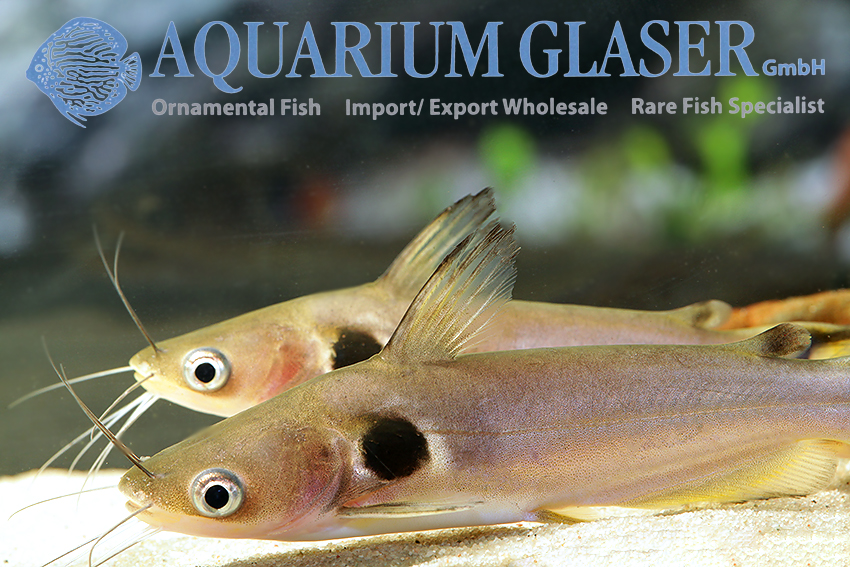
According to the International Union for Conservation of Nature (IUCN) Red List of Threatened Species, the wild population of Horabagrus brachysoma is in sharp decline. The reasons for this have not been researched in detail, but it is assumed that biotope destruction and overfishing for food are among the main causes. Fortunately, Horabagrus brachysoma, which can grow up to 45 cm in length and is highly sought-after as a food fish, can be bred well in aquaculture, making it independent of wild catches. The animals that we can currently offer are also captive-bred specimens.
Apart from the expected final size, which requires a sufficiently large aquarium, Horabagrus brachysoma is easy to keep. This catfish species is very peaceful and sociable; if possible, you should never keep individual animals, but groups of 5-15 or more specimens. Very small fish are naturally regarded as food. Any common ornamental fish food is readily accepted, plants are ignored. Sexual differences exist mainly in the shape of the gential papillae. In our fish it can also be observed that there are slimmer animals with proportionally higher dorsal fins (probably males) and stronger ones with lower dorsal fins (probably females). In aquaculture, the fish are usually stripped, but they also spawn spontaneously after hormonal stimulation, with the male embracing the female in a ring. The animals are polygamous, one female spawns with several males. No further brood care has been reported.
Horabagrus brachysoma are undemanding in terms of water composition; they are considered to be very hardy and insensitive to low oxygen levels and can therefore be marketed live as food fish. In the wild they are often found in brackish water, an indication that soft and acidic water is not one of their preferred environmental conditions.
For our customers: the animals have code 421694 on our stocklist. Please note that we only supply the wholesale trade.
Text & photos: Frank Schäfer




